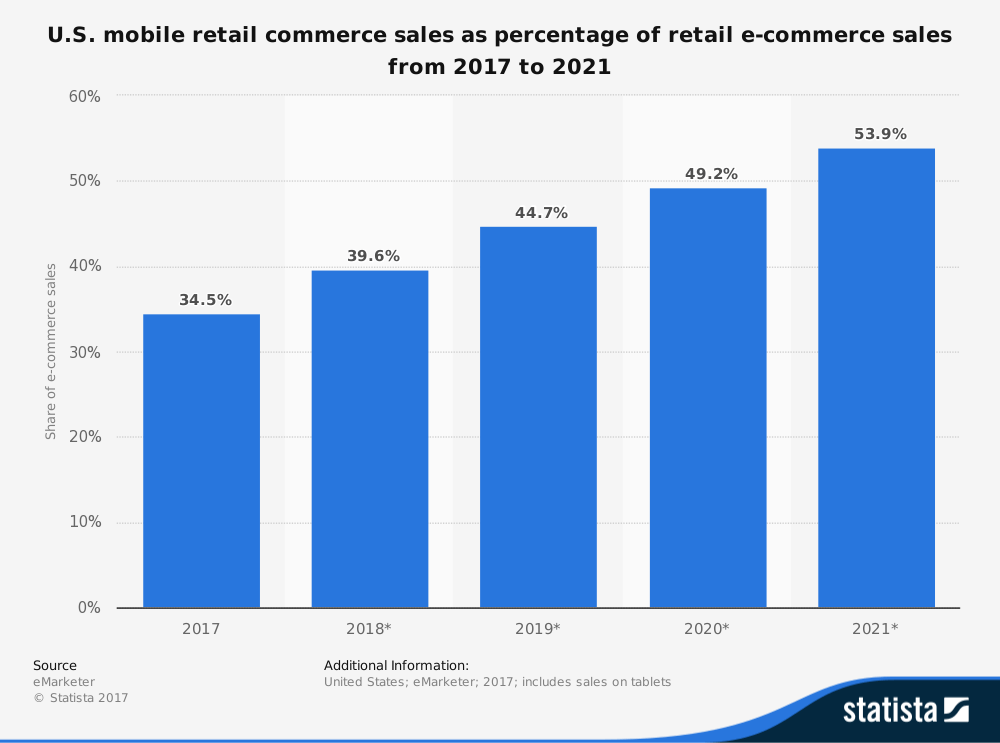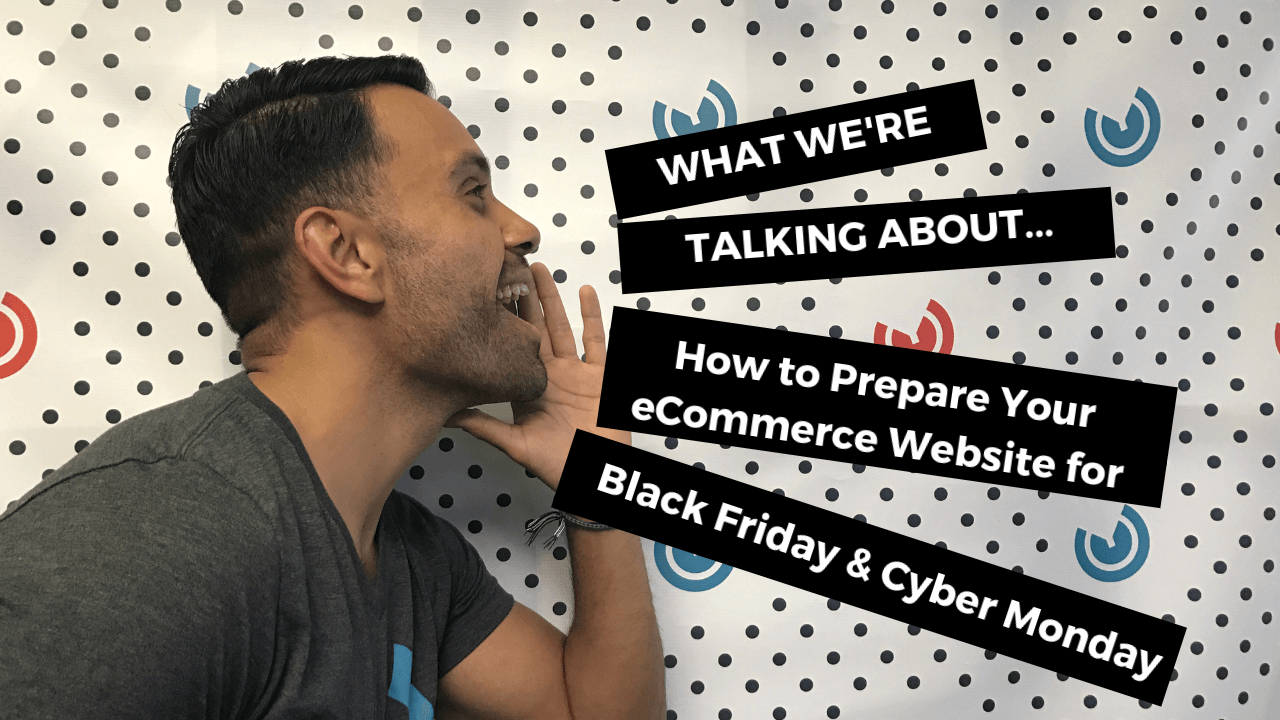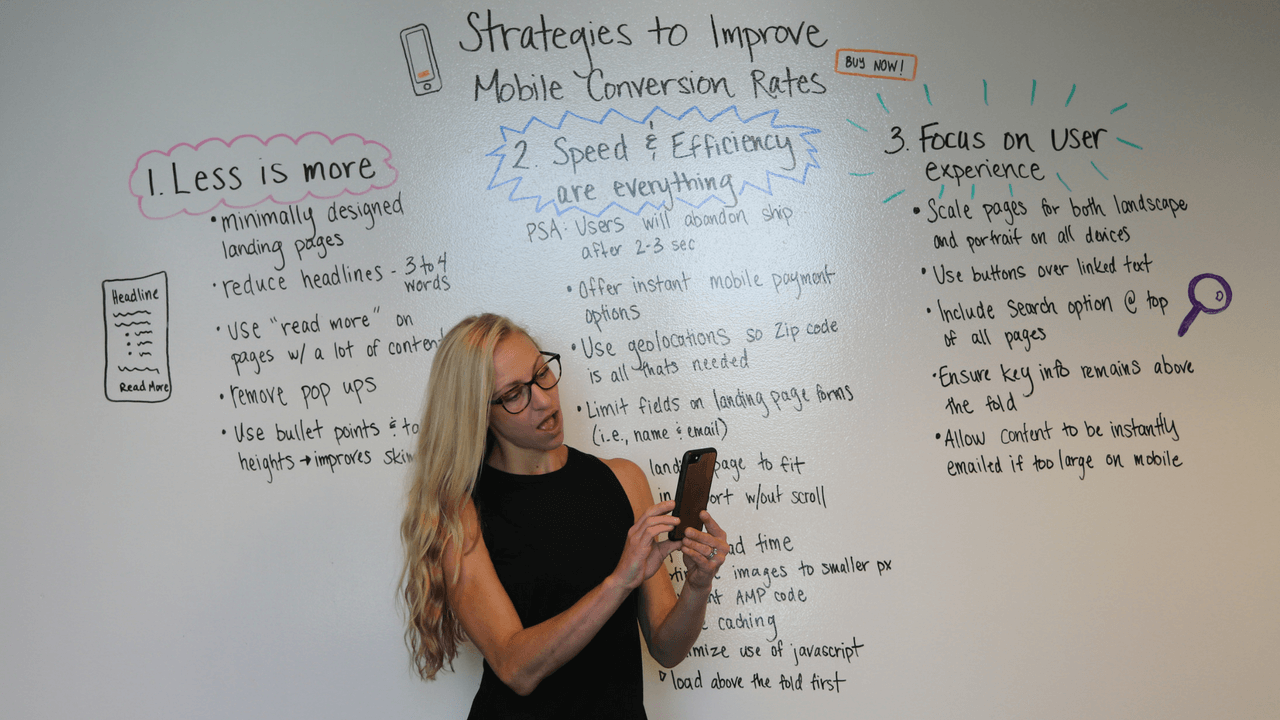1 min read
How to Prepare Your Ecommerce Site for the Holidays
It's that time of year again! Holiday shoppers, ready your mark. Get set.. Go! NO! Wait - wait, wait! We covered this topic last year, right? Well,...
I know what I am looking for, and would like to chat.
A team of data-driven marketers obsessed with generating revenue for our clients.
Because the proof is in the pudding.
At Campaign Creators we live by three principles: Autonomy, Mastery, Purpose.
2 min read
 Campaign Creators
:
11/21/17 8:30 AM
Campaign Creators
:
11/21/17 8:30 AM

The ritualistic Black Friday shopping mayhem appeared a bit less apocalyptic last year. While initially this observation may suggest an economic downturn, a deeper investigation reveals the contrary; a growing robust economy with heightened sales from previous years. The evidence? A significant number of Black Friday’ers conducting their post-tryptophan spending splurges online, with a notable uptick in mobile traffic. So how will this affect our shopping habits for Black Friday 2017?
It’s no secret our phones provide a valuable service to the e-commerce world. The ease of access we experience through our thumbs on a daily basis continues to contribute to the shift in ad placement and application development for major retailers worldwide.
The result? Lower retail sales for brick and mortar stores, down about 3 million in sales from 2015 to 2016, while online sales increased significantly (up to $5 billion), during last year's shopping holiday.
So is this trend expected to continue during the upcoming spending season? We've done the research on several notable trends from the 2016 holiday that are predicted to continue into 2017's holiday shopping season.
According to Adobe, 57 percent of total online traffic came from mobile devices on Thanksgiving on 2016. Taking tablets into consideration, the number rose further to more than 60 percent of retail site traffic over the weekend. This increase in mobile traffic emphasizes the importance of maintaining a mobile-friendly website in order to effectively improve sales.
Several analytic firms reported that mobile commerce fell a bit short on digital sales in 2016 (between 37 and 40 percent for online retail). However, this is still a sizable percentage of online purchasing power. In 2017, mobile spending is expected to grow even more with a predicted $850 million that will be spent on mobile devices alone, up from $771 million in 2016. And by 2021, mobile is projected to account for over half of retail eCommerce sales.
According to Forbes, this year businesses that optimize for mobile conversions will be the top performers, since mobile customers will have little to no tolerance for spotty mobile performance. This is due to consumers not only looking at products from comfort of their home but also doing online research on the product from their mobile device while in the physical store.
A staggering 77.6 percent of all orders made on mobile devices in 2016 occurred on Apple devices while only 22.1 percent took place on Android devices. In 2017, predictions show a continued increase of users purchasing through their Apple devices, specifically iPhones and iPads, on Black Friday and throughout the holiday weekend. This stresses the importance of Apple to ensure a reliable shopping experience for all of their customers.
Do these trends point to a discontinuance of the annual “stores on Friday, online on Monday” shopping ritual? Maybe. Early holiday deals do elongate the opportunity to save and the nature of smartphones enable us to access these deals from anywhere with a WiFi signal.
In turn, it appears buyer behavior is much more fluid as people bounce between stepping into stores and swiping with their thumbs. We will have to wait and see how these trends play out on Black Friday 2017, but it seems that the famous shopping day is definitely headed in a mobile dominated direction.
This blog in a part of our Definitive Guide to Lead Generation blog series.
To get more lead generation help for your eCommerce business download the free The 30 Greatest Lead Generation Tips, Tricks and Ideas guide.

1 min read
It's that time of year again! Holiday shoppers, ready your mark. Get set.. Go! NO! Wait - wait, wait! We covered this topic last year, right? Well,...

Converting visitors on your mobile webpage into customers can be a challenging process. In fact, mobile conversion rate optimization is one of the...

Your visitor has found your eCommerce site, selected a product and placed it in their cart. But until they enter their payment info and click the...